Mathematical biologist Dr. Alex Washburne and colleagues Valentin Brutte and Antonius VanDongen have published their research in a preprint that found "a high likelihood that SARS-CoV-2 may have originated as an infectious clone assembled in vitro".
They explain that this evidence, which they term an "endonuclease fingerprint", is independent of the evidence relating to the Furin Cleavage Site, which others have suggested is a 'smoking gun' for a lab origin.
Dr. Washburne stresses that he is not alleging malign intent or even gain-of-function work in this paper. He writes: "We find no evidence of SARS-CoV-2 being a bioweapon (on the contrary, this looks like an accident) or any gain of function work. We find evidence suggesting SARS-CoV-2 may have been synthesised in the lab with known methods, probably for normal pre-Covid research purposes."
Professor Francois Balloux has given the study his imprimatur on Twitter, writing: "This is an important piece of work. To me, it looks solid both conceptually and methodologically. I was given advance warning and was able to replicate the key findings. To the best of my knowledge, I confirm the reported patterns are genuine."
This is an important piece of work. To me, it looks solid both conceptually and methodologically. I was given advance warning and was able to replicate the key findings. To the best of my knowledge, I confirm the reported patterns are genuine.To accompany the study Dr. Washburne has published a Substack and a Twitter thread. The Twitter thread is reproduced in full below - it can be a bit technical in places, but the message it's conveying should come through clearly enough.
1/ https://t.co/FVEoh1g0oN
— Prof Francois Balloux (@BallouxFrancois) October 20, 2022
The origin of SARS-CoV-2 is unknown. Some hypothesised two spillover events at the wet market, but methodological flaws make that work inconclusive. We need to know the true origin of SARS-CoV-2 to prevent pandemics.
We examined whether SARS-CoV-2 was synthesised in a lab. We studied a common method for synthesising coronaviruses (CoVs) in the lab. This method was thought to not leave a fingerprint. We found the fingerprint. That fingerprint is in the SARS-CoV-2 genome.
Here's how you make a CoV in the lab. To make a 30,000 base (30kb) RNA virus in the lab, you need a 30kb DNA clone. To assemble a 30kb DNA clone, scientists glue together several smaller fragments.
A popular method for DNA assembly is 'golden gate assembly'.
Golden gate assembly requires the DNA sequence have special 'cutting' sites (type IIS restriction sites). Cutting sites create three to four nucleotide (nt) 'sticky ends'. Sticky ends help you 'paste' DNA segments together, ensuring faithful assembly of your 30kb DNA copy of a viral genome.
RNA viruses like CoVs are not under selection specifically for this kind of cutting and pasting. So, wild viruses tend to have cutting and pasting sites randomly scattered in their genome. Researchers building viruses in a lab will often add or remove cutting sites.
We collected examples of CoV infectious clones assembled with these type IIS cutting and pasting systems from 2000-2019. We found a clear pattern in how researchers tended to add or remove cutting and pasting sites.
Researchers tend to turn randomly-spaced restriction maps into regularly-spaced ones (A-B). Regular spacing comes from desiring fewer fragments (typically five to eight) while keeping the longest fragment lengths low.
Digesting 70 CoVs with 200-plus restriction enzymes yields a 'wild type distribution', a null model for how long the longest fragment may be as a function of the number of fragments [when the virus is wild]. The red box is the ideal range for reverse genetic systems used to make infectious clones.
CoVs engineered to be infectious clones will move from having restriction maps falling within the wild type distribution to being outliers under the wild-type distribution, falling within the lab-ideal range of fragment number and low longest-fragment-length.
Having found this fingerprint, we examine specific cutting and pasting sites in the SARS-CoV-2 genome (BsaI/BsmBI).
BsaI and BsmBI are very popular enzymes for this kind of in vitro assembly They also have many conserved sites in CoVs. Very useful for making chimeras.
The SARS-CoV-2 BsaI/BsmBI restriction map falls neatly within the ideal range for a reverse genetic system. It is an anomaly (bottom 1%) amongst wild type CoVs. It is a midpoint amongst engineered CoVs.
Digesting CoVs with only type IIS enzymes that could be used for assembly, SARS-CoV-2 is an even greater outlier. It's in the bottom 1% max-fragment-length for all restriction enzymes. It's the single largest outlier (<0.07%) of 1,491 type IIS digestions.
We then tested the lab-assembly hypothesis. If SARS2 has a synthetic origin via golden gate assembly, several other criteria must be met. For example: all sticky ends must be unique, non-palindromic and contain at least one A/T. SARS2 passed this test (60% chance of this).
The mutations separating SARS-CoV-2 BsaI/BsmBI sites from its close relatives must all be silent mutations. All 14 mutations in BsaI/BsmBI sites are silent. 84% of mutations in SARS2 and close relatives are silent, so 9% chance all 14 distinct mutations will be silent.
There's a significantly higher concentration of silent mutations per nucleotide within BsaI/BsmBI recognition sequences than in the rest of the genome. P=0.004 for BANAL52-SARS2 P=9e-8 for RaTG13-SARS2.
Such an idealised reverse genetic system is unlikely to evolve by chance from the close relatives of SARS-CoV-2. There's a 1% chance of random RaTG13 mutants having as great or greater z-score and 0.1% chance for BANAL52.
Testing this from multiple angles, we could not reject the hypothesis that SARS-CoV-2 has a synthetic origin. Each test also decreased the odds of SARS-CoV-2 having a natural origin. The BsaI/BsmBI fingerprint of SARS-CoV-2 indicates synthetic origin of SARS-CoV-2.
Please read our manuscript for our careful language and limitations. These are important. For example, our results are independent of the Furin Cleavage Site (FCS). While the RBD is docked in fragment 5, we shine no light on the origin of the FCS.
Our research does not identify the lab. We hypothesise this restriction map would enable construction of chimeric viruses, much like the recent controversial work done in Boston (but with a different method for in vitro assembly).
Our theory of a synthetic origin of SARS-CoV-2 can and should be tested. Further tests may reject our theory. We welcome these tests. Our code is available on GitHub and we point to future research that can reject our hypothesis or refine our understanding of this issue.
Making chimeric viruses in vitro carries risks. We encourage transparency from researchers studying CoVs in Wuhan. We strongly encourage global coordination on biosafety.
We encourage open, civil and compassionate discourse on this important topic. This pre-print was not rushed. It was reviewed by many colleagues, truly world experts. We thank them all immensely for their feedback. This has been an incredible project. Yet, for obvious reasons, this is the saddest paper I've ever written.
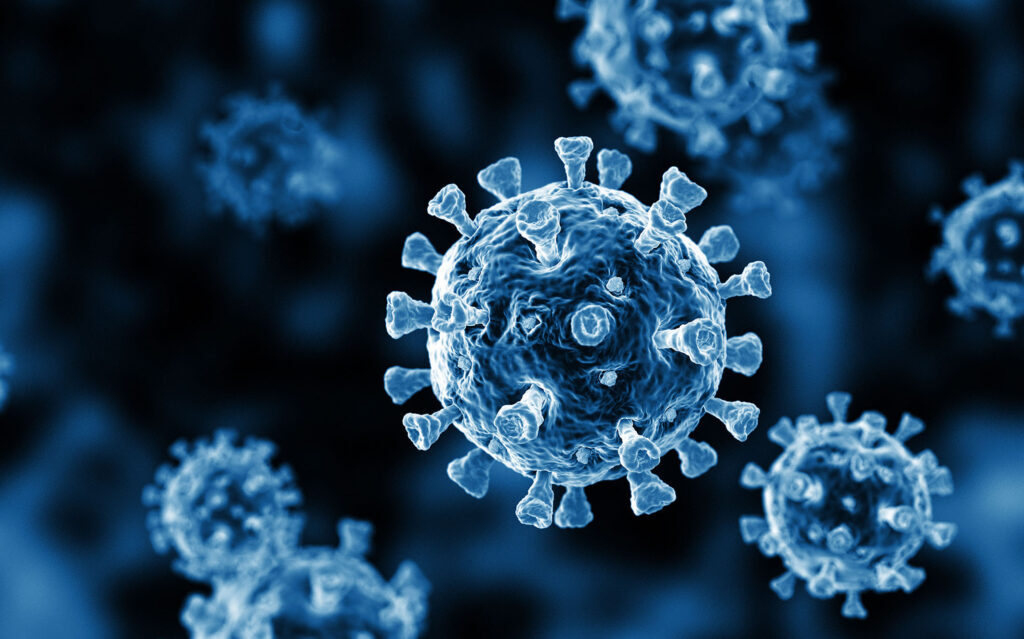
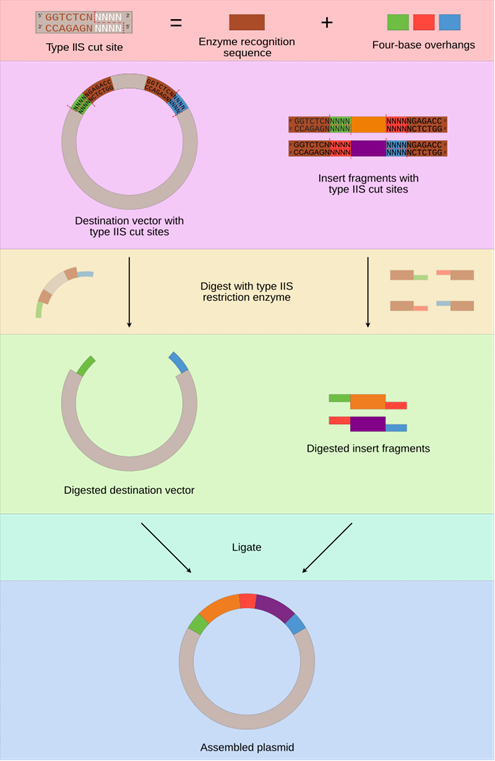
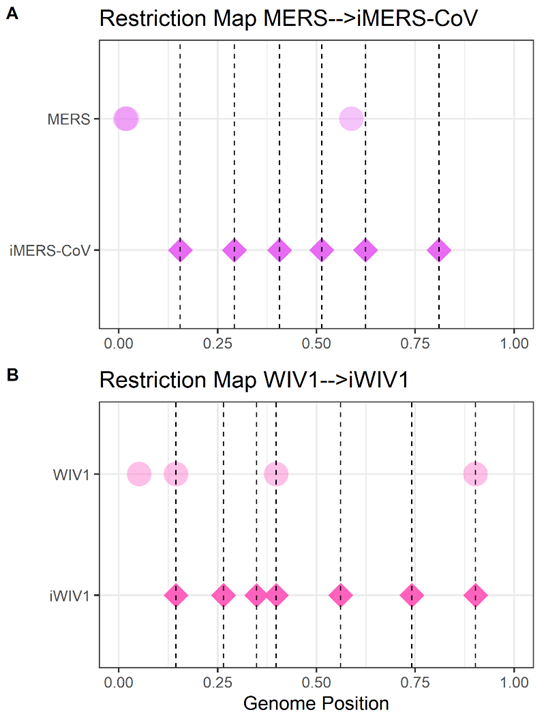
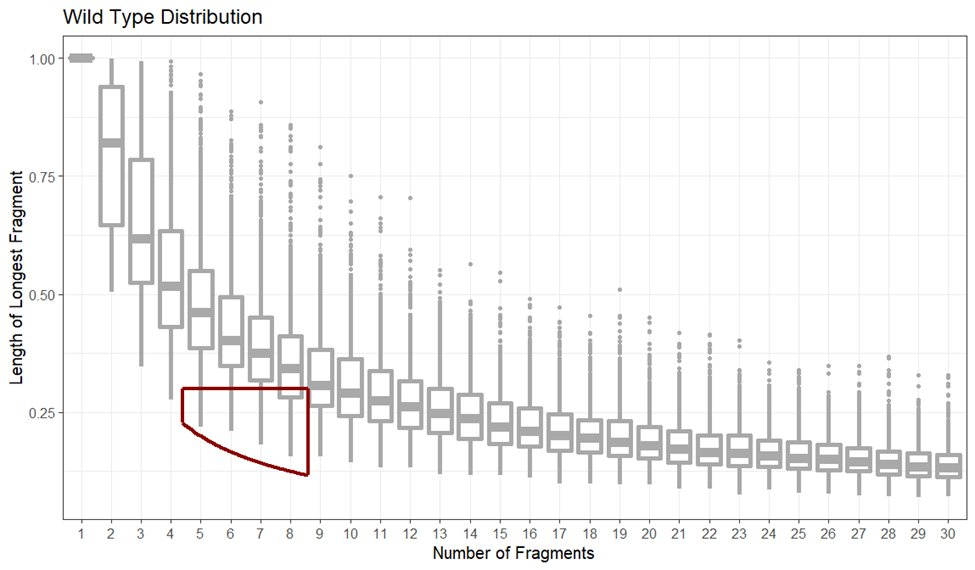
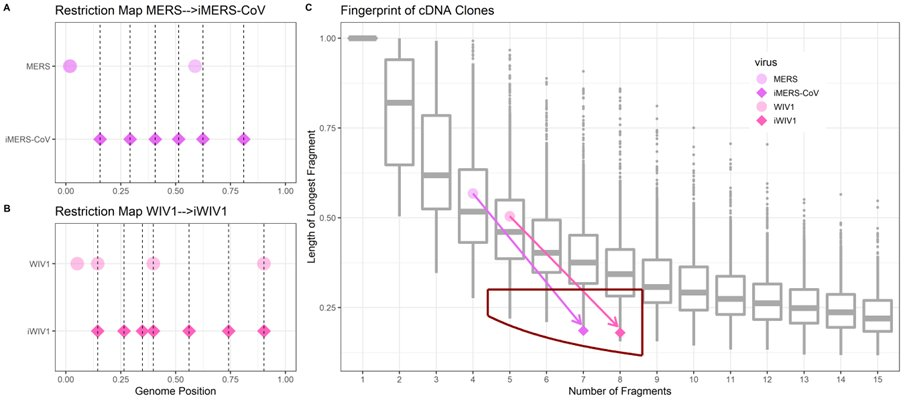
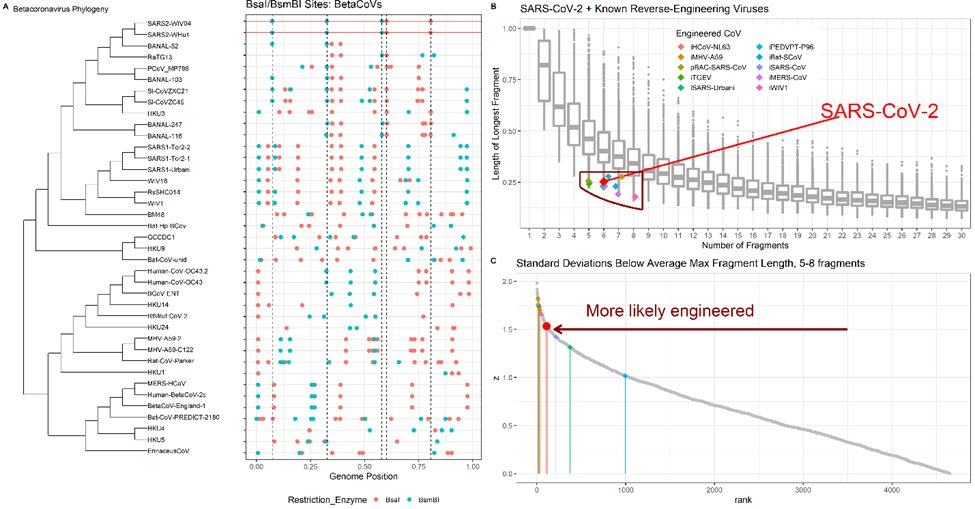
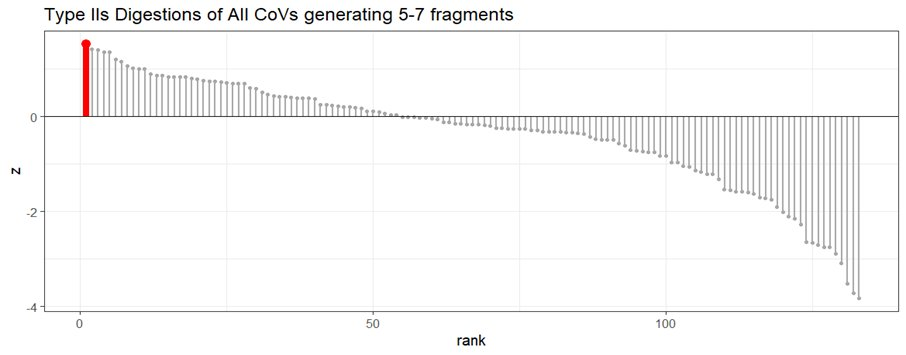
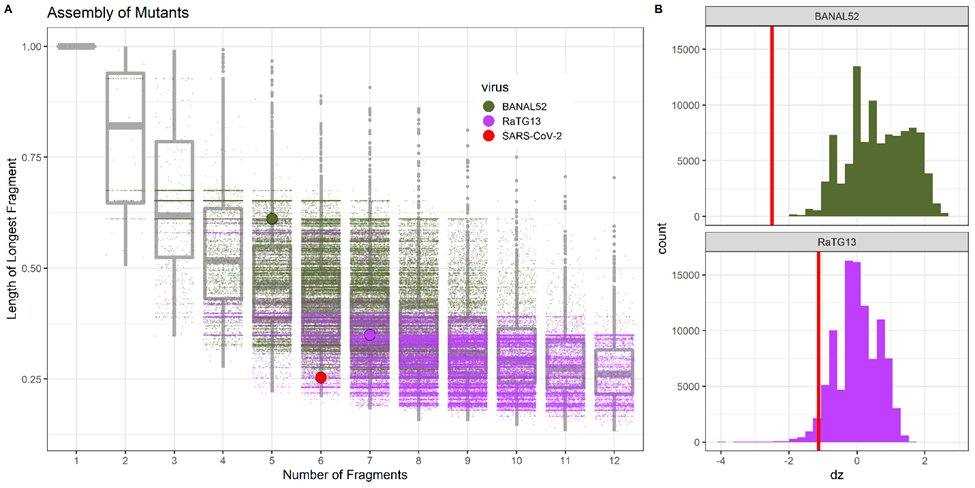



Reader Comments
I am inclined to prefer the latter.
While I am no expert, I remain sceptical. In this regard, very sceptical.
But these are dissidents of the medical establishment, supporting and investigating alternative theories. Just in case you are interested.
I follow their papes/videos occasionally.
Or what the annual revenues of the pharma industry are, based upon the germ theory and purely algorithmical "in-silico" sequencing ?
One can see the usefulness of models from different aspects ...
Just think of millions of short word fragments of 2 to 5 letters, randomly mixed together. And your task is to assemble Tolstoy's "War And Peace" from this fragments, but WITHOUT the book as template.
Another fact they hardly ever mention, the "sequencing software" usually discards 60 ... 90% of the short sequences found in the analysed brew, declaring it "junk". Which is the only thing coming somehow close to the truth ...
This is why each of their "sequencing" results comes up with a different result, every time. Even their distinction between "same variant" and "new variants" is purely arbitrary, by the number of differences.
And doing a little research of this topic, this kind of "identification" runs through the whole "virus isolation" and "identification" history, including the first "corona (flu) virus". Self-decepting fraud based upon self-decepting fraud based upon self-decepting fraud.
As electrical engineer (with same knowledge in chemistry), I am highly sceptical of such claims. Not only can simple mixtures of inorganic salt solutions crystallize in similiarly complex shapes under the right conditions. A Bluetooth- or WLAN-capable device is highly complex, and requires proper firmware to work correctly. For both communication standards, about 1.000.000 bits of firmware must be present, with one single bit errore causing a fatal failure.
I think there is much nonsense around, either out of ignorance, or as deliberate misinformation.
As a bioweapon, covid has a low fatality rate. It was used to shutdown economies. Famine has a high fatality rate. Bill Gate's vaccine programs are known to have sterilized women, indications are the jab does the same. I have no idea why psychopaths do the things they do, but I know they hate normal people.
And to use the signal in data-processing sense, one would need filter, amplifier and demodulator circuitry. And some circuitry to do something useful with the decoded data, or prepare data to send.
I think the danger of 5G is more related to it's frequency bands (resonance with body parts) and the related energy uptake.
And the fact that the cells are much smaller, but almost "omnipresent" in covered areas. Which allows for the location of a 5G device and it's owner with a CEP of a few meters (yards). In contrast to 3G/4G, with a >100m uncertainty.
But energy collected relates to antenna size and transmitter output. With dozens or hundreds of kilowatts of those "antique" LW/MW/SW stations, an antenna catched enough energy to "power" a headphone.
For 5G or current digital transmission standards, we talk about microwatts. Tom Cowan mentioned a similiar idea, theorizing that DNA is more a kind of receiver than an actual construction plan for cells, tissue and limbs. A fascinating idea, I think.
Albeit ...
I guess recent reports about actual contents of all "covid vaxx" brnads are correct, it is just poison, no mRNA or spike proteine.
But toxines can mess up cells and the inherent DNA as well, as can ionizing and non-ionizing radiation. The microwave oven should make mobile phone users suspicious - obviously it does not.
Never made simple, always made to look ultra complex which keeps the narrative conveniently in possession of the "expertise".
I'm all for intelligent knowledgeable discussions but science seems to prevent knowledge and promote narrative exclusivity, which kinda undoes the notion of transparent discovery for discovery sake, it's like science has rules it cannot break, like being self funded or is ever practicle and fully understood to be about lessening the negatives of the human condition....